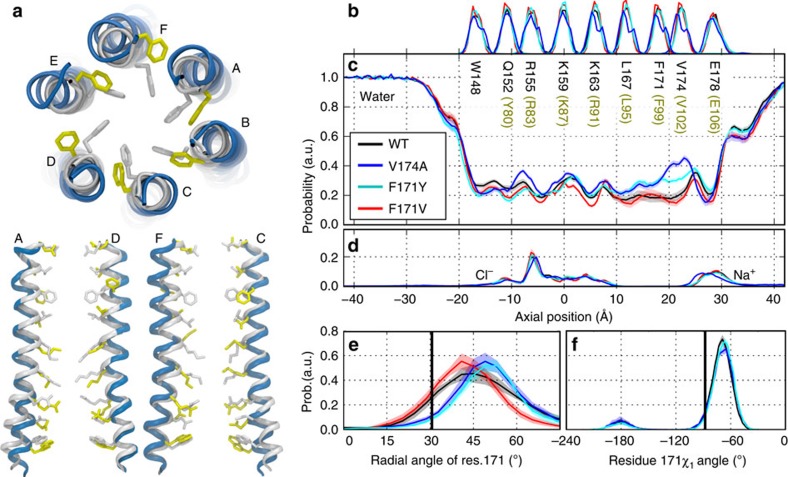Figure 5. Structural fluctuations and hydration of the dOrai channel pore from MD simulations.
(a) Superposition of the dOrai crystal structure (white) and a snapshot from MD simulations of WT dOrai highlighting lateral displacement of F171 side-chains (pore helices in blue, F171 in yellow) as viewed from the top. The lower cartoons depict two pairs of diagonal subunits (labelled A, D and F, C) from this snapshot viewed from the side orientation. (b) Average distributions of the axial position of Cα atoms for all pore-lining residues. The residues corresponding to human Orai1 are shown in brown. Data in b–f were computed from simulations of WT (black) and of V174A (blue), F171V (red), and F171Y (aqua) mutant channels. Average distribution of (c) water oxygen atoms and (d) Na+ and Cl− ions along the pore axis. The water occupancies of V174A and F171Y mutants deviate from those of WT and F171V dOrai most significantly in the hydrophobic stretch of the pore. (e) Average distribution of the radial angle of residue 171 defined as the angle between the pore axis, the centre of mass of the two helical turns centred at residue 171, and the Cα atom of residue 171. The mean and standard error of mean of these distributions over all simulation repeats in degrees is 46±2 for WT; 43±2 for F171V; 50±2 for V174A; 50±1 for F171Y. The radial angle in the crystallographic structure (31°) is shown as a black vertical bar for reference. (f) Average distribution of side-chain torsion χ1 of residue 171 in WT, V174A and F171Y mutants. The χ1 of residue 171 in the crystallographic structure (−88°) is shown as a black vertical bar for reference. F171V is not included in this analysis as motion involving rotation of the valine side chain χ1 angle cannot displace the side chain away from the pore. (b–e) The traces depict values±s.e.m.

